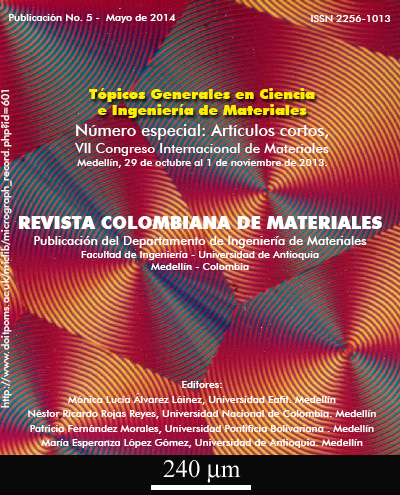.
DOI:
https://doi.org/10.17533/udea.rcm.19445Keywords:
Biofuel, Briquette, Biomass, Macrophytes, Mercury, TGA, PraccisAbstract
Downloads
References
R.P. Keller, D.M. Lodge. “Invasive Species”. Encyclopedia of Inland Waters. Academic Press. 2009. pp 92-99. DOI: https://doi.org/10.1016/B978-012370626-3.00226-X
Aguirre Ramirez, N. J., Caicedo Quintero, O., & González Agudelo, E. M. (2011). Las plantas acuáticas del sistema cenagoso de Ayapel Córdoba, Colombia. Medellín: Universidad de Medellín.
V.Olvera“Biología y ecología del lirio acuático.” Seminario-taller Control y aprovechamiento del Lirio acuático. Ponencia 2. Instituto Mexicano de tecnología del agua. Secretaria de agricultura y recursos hidráulicos. México D. F. 1988. pp 11-39.
A. Malik. “Environmental challenge vis a vis opportunity: The case of water hyacinth.”Environment International. Vol. 33. 2007.pp 122-138. DOI: https://doi.org/10.1016/j.envint.2006.08.004
G. Huber, B. Dale. “Biocarburantes celulósicos” Investigación y Ciencia: Edición española de Scientific America.No. 396, 2009. pp 44-51.
H.Wang, H.Zhang, G.Cai. “An Application of Phytoremediation to River Pollution Remediation”. Procedia Environ. Sci. Vol. 10. 2011. pp 1904–1907. DOI: https://doi.org/10.1016/j.proenv.2011.09.298
Lippel. «Lippel Brasil.» Compactación, briquetaje, densificación y peletización.http://www.lippel.com.br/es/sustentabilidad/briquetaje-y-peletizacion.html#.UWeiUqIz3E0 (último acceso: 11 de Abril de 2013).








